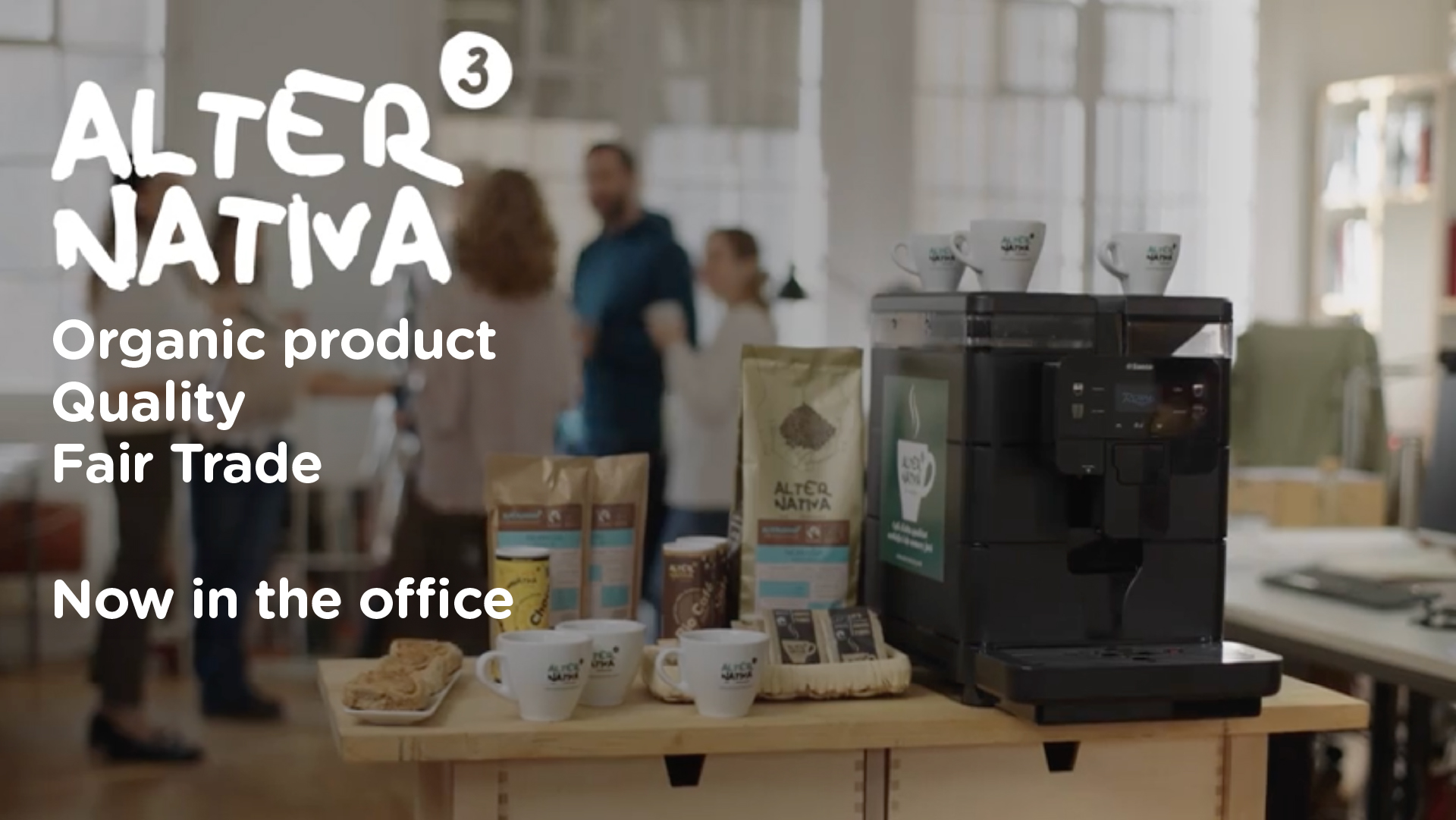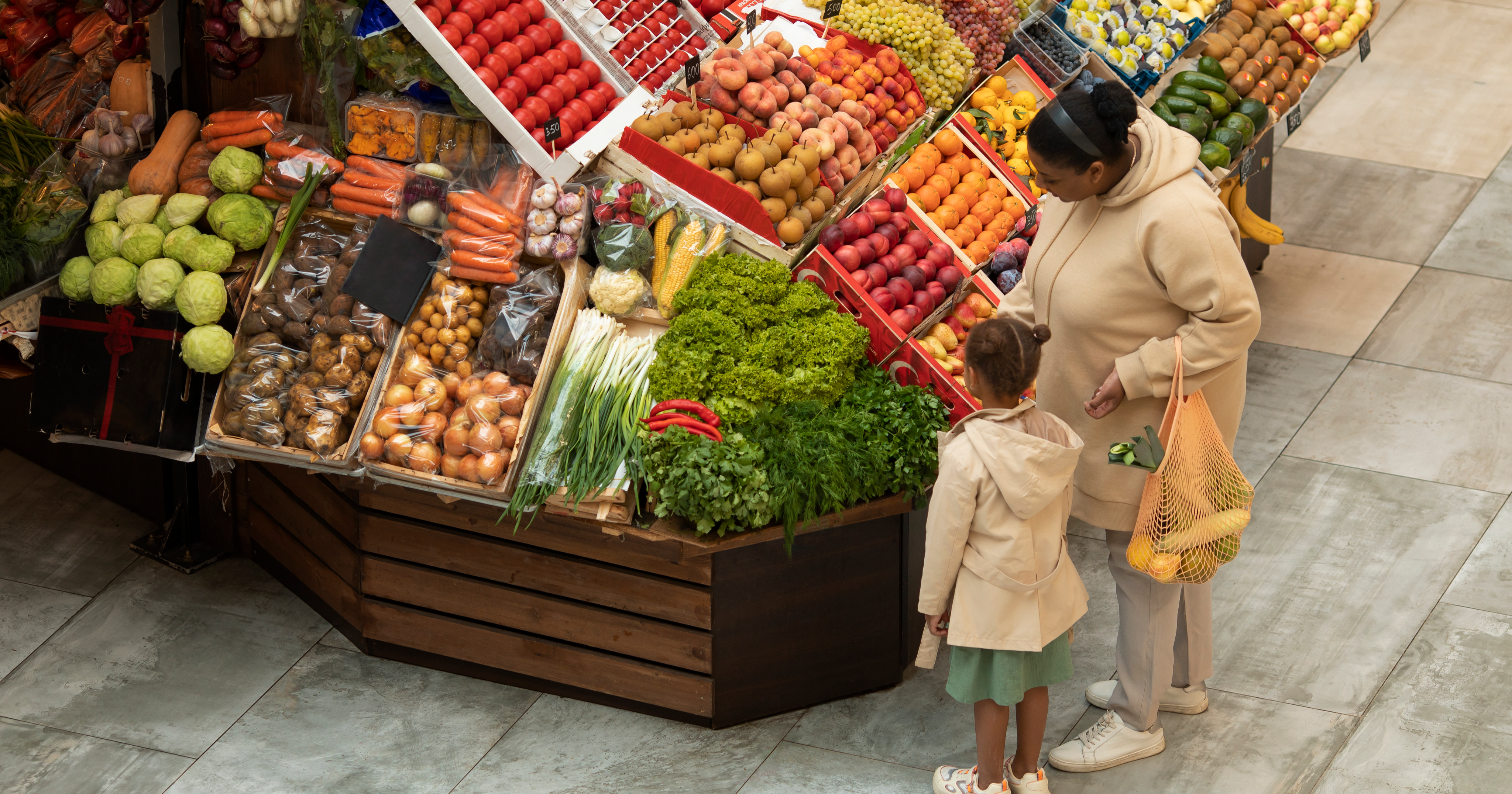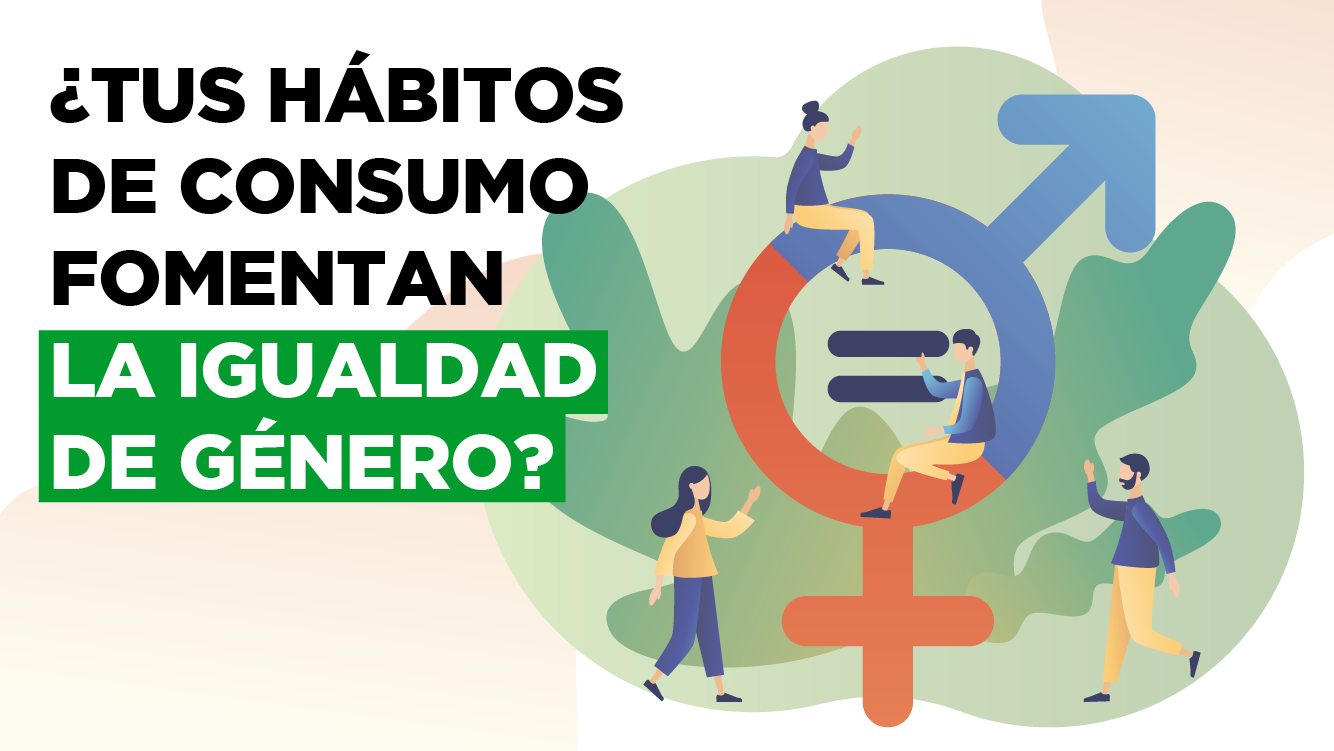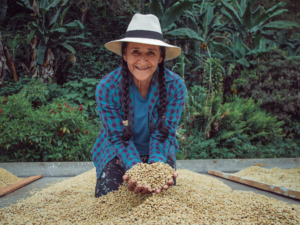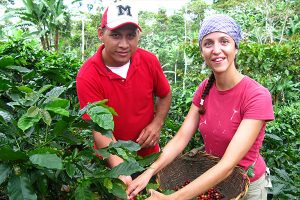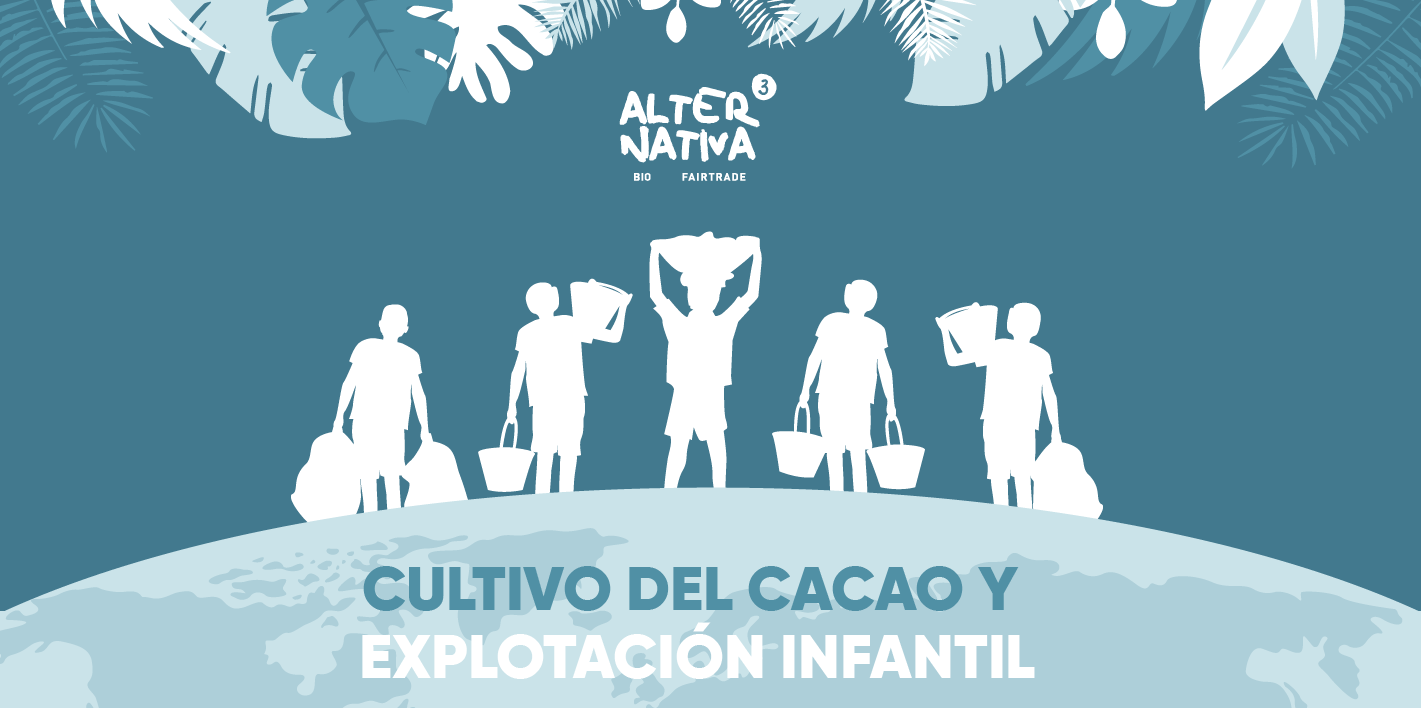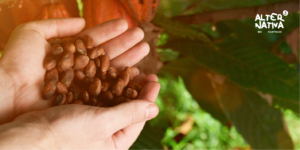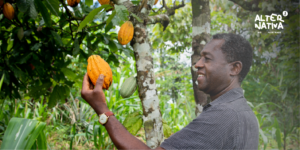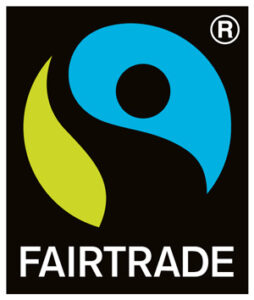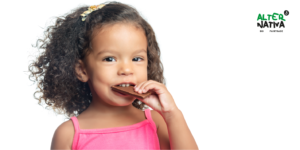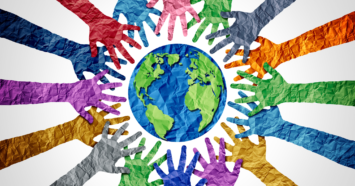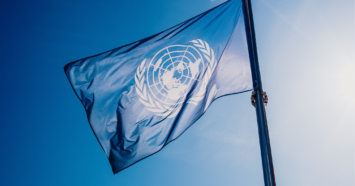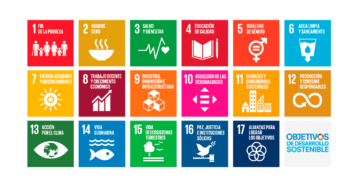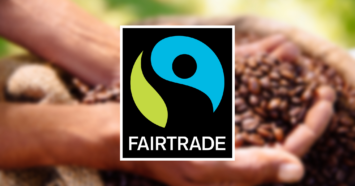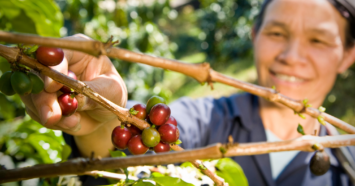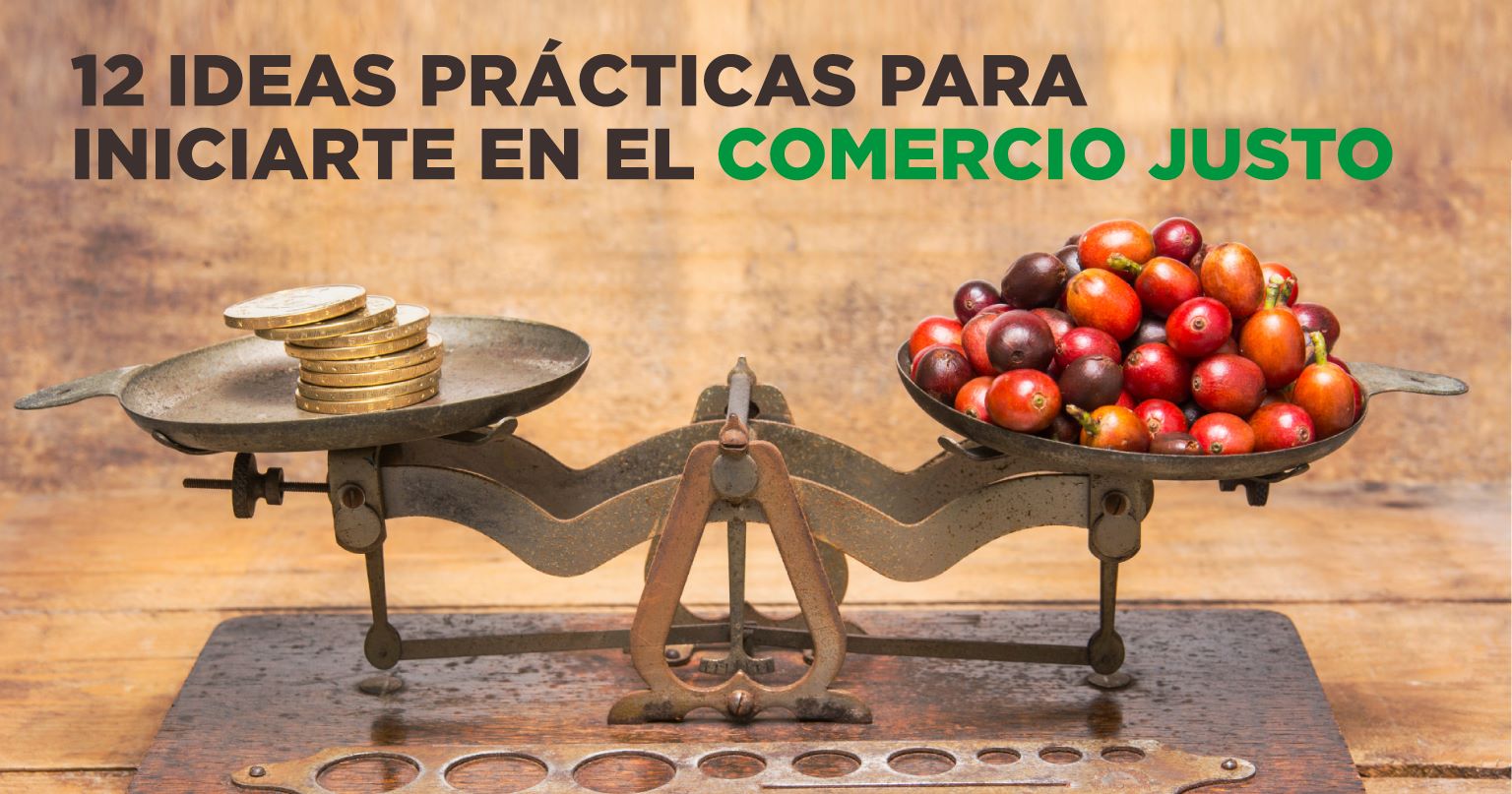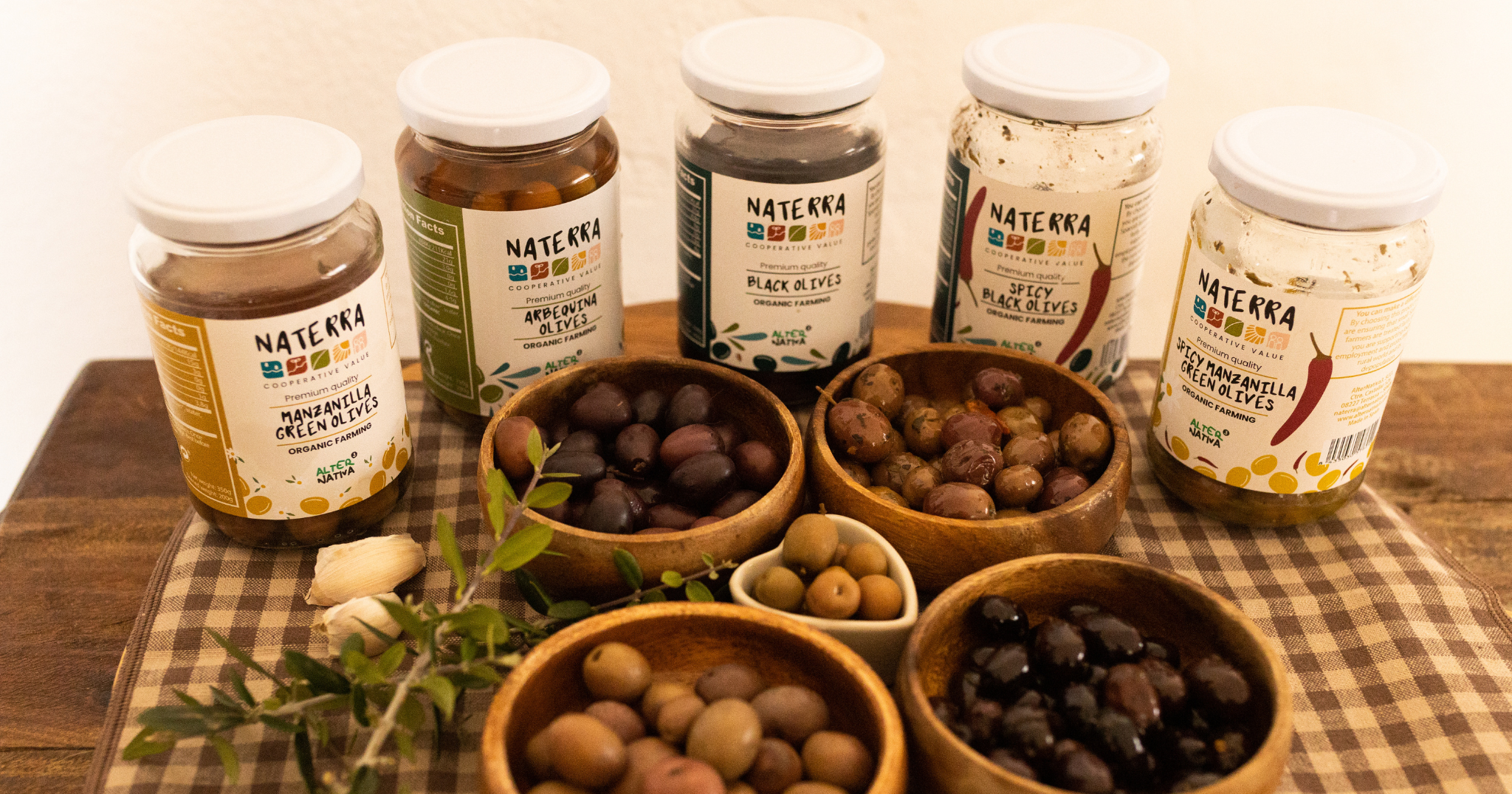Author: Eugenia González.
What is Fairtrade? Who certifies the products? How can I contribute? Here I tell you what I have discovered, and I will give you 12 ideas so that you can start TODAY.
When I started getting interested in the subject of Fair Trade, many questions arose:
- It is said that the products are certified with a mark. Who certifies that mark? Can I trust it?
- Is it not another way of marketing to convince me to buy one specific brand and not different one?
- Can all products be Fair Trade? Where can I find them?
And, the one that worried me the most: given the amount of injustice and pain in the world… is it really useful at all? I mean, I am fully aware of my power as a consumer. But, if I buy Fairtrade products, does it really have an impact on the lives of farmers?
I have been researching about this topic for a while and I will share with you everything I have learned, so that you can judge for yourself.
What is Fairtrade?
Fairtrade is an alternative to conventional international trade. That means a trading system with different rules.
What is conventional trade looking for? The maximum profit for the seller. And it does so without considering two factors:
- The human cost. That is, the living conditions of the people who have grown, made or manufactured the product
- The cost to the planet
And another aspect that I find especially interesting is: how does conventional trade promote its products? With all the available marketing techniques. It doesn’t matter if the advertising is misleading, or sexist or promotes values that do not build a more critical and equitable society. You must sell (the more the better). The end justifies the means.
This trade is one of the key elements of capitalism. Capitalism, you know, this widespread system that consolidates poverty and inequality worldwide.
I do live in a capitalist society. It is very clear to me. And you also know it, right?
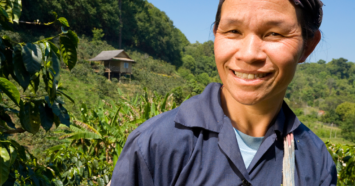
Does Fairtrade mean “helping”?
No, Fairtrade is not “help”, it is TRADE.
It is an alternative to conventional International Trade: a solidarity and responsible trade system that seeks to eradicate poverty through the development of producing communities and people.
In Fairtrade, the price that is paid goes beyond the price offered by the capitalist market. This system promotes equity, which means establishing respectful relationships between people who produce and grow crops, and consumers.
It is a type of economy in which exploitation is no longer an option.
Then, the only difference is what people get paid in Southern countries?
No, Fairtrade goes beyond that:
- It promotes associativity and the empowerment of people
- It ensures respect for the environment
- It promotes respect for local cultures, with their traditional cultivation and production.
Every time you buy a Fairtrade product you are supporting a deep change and you are part of the solution.
The 10 principles of Fairtrade
The World Fair Trade Organization (WFTO) is a global network of Fairtrade organizations present in more than 70 countries. This association decided what are the 10 principles of Fair Trade.
That is, if a product wants to obtain the mark that certifies that it is Fair Trade, it must comply with these 10 principles.
And I want to make it very clear to you … it should not meet 1, 2 or 3 principles… no. You must meet ALL of them. The principles are these:
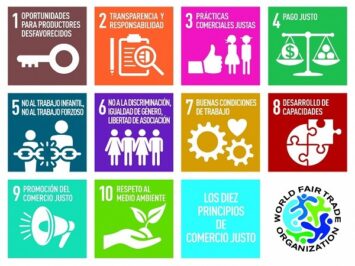
What products can be Fairtrade?
On paper, all products can be Fair Trade.
We generally think of coffee, cocoa and sugar. Why? Because historically they are related to people exploitation, slavery, and all kinds of abuses.
But currently the list of Fairtrade products is much longer: cereals, pasta, nuts, spices, jam, honey, cookies, sweets, juices, soft drinks, sweets, snacks, alcoholic beverages, clothes, toys, children’s material, household, costume jewelry, accessories, stationery, cosmetics and hygiene…
Do you know what is the last product that has been added to the list? Fairtrade smartphones.
Actually, everything that is bought and sold can be produced sustainably and traded ethically.
How do I know if a product is Fairtrade?
Because it has a mark that certifies it. The mark will be on the packaging or on the label. Sometimes it is clearly seen, sometimes it is a little more hidden… but what is clear is that
IF IT IS NOT MARKED, IT IS NOT FAIR TRADE.
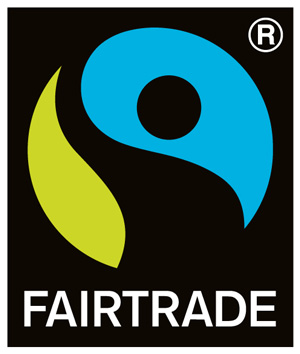
Who certifies a product as Fairtrade?
As I have already told you, the World Fair Trade Organization (WFTO) is the most representative entity of the Fair Trade movement internationally.
But to ensure that the certification is transparent and reliable, it is not this organization who gives the seal, but other independent bodies. For example, the Fair Trade organization.
All products from Alternativa3 are Fairtrade certified
Explaining in detail how a Fair Trade product is certified would take… forever! But after researching on the subject this has become clear to me:
- The certification process is long, laborious and completely transparent
- It lasts at least 3 years
- The certification is updated with periodic controls
- Surprise audits are common
We are talking about very sensitive issues: avoiding child exploitation, preventing human trafficking, ensuring gender equality…
The controls are exhaustive and you can relax:
IF IT HAS THE FAIRTRADE MARK, IT IS FAIR TRADE.
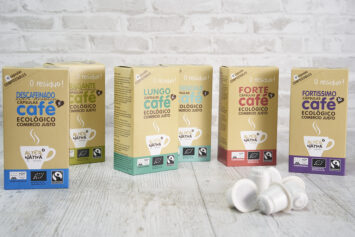
Why should we support Fair Trade?
Do you agree that we need to work towards a change of model? Well, Fair Trade is a tool that you can use to create a more equitable world.
- Currently, there are millions of people living in poverty
- A third of the people who have a job live in moderate or extreme poverty (yes, they work, but they don’t earn enough to make a living!)
- Forced labor and slavery directly affect 21 million people
- Child labor exploitation affects 11% of the children in the world. That is 168 million children
These data come from the United Nations Development Program. And the data is from before the start of the pandemic (today’s figures must be worse).
What can you do?
Choosing Fair Trade is a very powerful form of activism.
Every time you buy a Fairtrade product, producer groups living in Africa, Latin America and Asia receive direct benefits:
- A fair paycheck for their work
- Health and education
- Eradication of child labor
- Gender equality
- Protection of the ecosystem
In short, the development of people and the community is encouraged. It is one more example of the strength of cooperativism and solidarity economy. I think people regain their dignity.
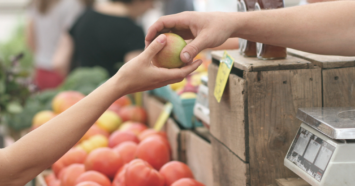
Daily activism
In addition, consuming Fair trade products is a form of daily activism.
Every day I drink my coffee, every day I eat sugar, I get dressed…
If you choose to support Fair Trade with daily actions, your impact in the short, medium and long term is huge.
Is it worth it? How can I make sure it works?
Oh, discouragement: they tell you that it cannot be done, that it is useless.
When you say you want to consume Fair Trade, someone will consider it a whim.
I know that look: “OMG, she thinks that by buying that chocolate she is going to make the children in Africa improve their lives.”
But what if it were true? What if by buying one kind of cocoa and not another one you are saving the life of a boy or a girl in Africa?
That is the reality of all Fairtrade products. Every time you choose a product with the Fairtrade mark, you can be certain that your gesture improves someone’s life.
And that is not an opinion, it is a fact. A wonderful fact. Fair Trade is one of the most powerful forms of activism that exists.
Shall we get down to business? Here I give you 12 practical ideas to get started in Fair Trade:
- Here you have the website of the World Fair Trade Organization (WFTO), the global network present in 70 countries. Powerful info
https://wfto.com/
- “La Coordi” is a Catalan entity that promotes Fair Trade and ethical Finance (veeery interesting) https://lacoordi.cat/
- In Spain, there is the Coordinadora Estatal de Comercio Justo. The sections “Resource Center” and “News” are a mine of information https://comerciojusto.org/
- Are you interested in getting to know what is the international definition of Fair Trade and what exactly are its principles? https://comerciojusto.org/que-es-el-comercio-justo-2/
- If you are a teacher, this “Manual Educativo para acercar el Comercio Justo a jóvenes de 12 a 16 años” could be interesting to you. It has been edited by the Coordinadora Estatal de Comercio Justo.
https://comerciojusto.org/publicacion/manual-educativo-acercando-el-comercio-justo-a-jovenes/
Do you fancy some responsible shopping?
https://comerciojusto.org/tiendas/tiendas-on-line/
Are you more of a bookworm? I suggest you start with these three:
- “Paraules d’Arcadi: Què hem après del món i com podem actuar”. The last book of the economist Arcadi Oliveres, who promoted ethical financing and was a leader in social movements for peace and equity. Edited by Angle Editorial in 2021.
- “Café amargo. Por un comercio Norte-Sur más justo”. This one is a classic to get started. Written by Setem and edited by Icaria in the collection Más Madera (Barcelona, 1999).
- ““Y AHORA YO QUE HAGO: Cómo evitar la culpa climática y pasar a la acción”. In this book from 2021, edited by Capitán Swing, the environmentalist Andreu Escrivà gives you practical ideas to get down to business.
Would you rather watch a video?
Get to know, understand, think: that is the root of change.
Do you know any other resource to get start on Fairtrade?
Please feel free to share them with all of us!
